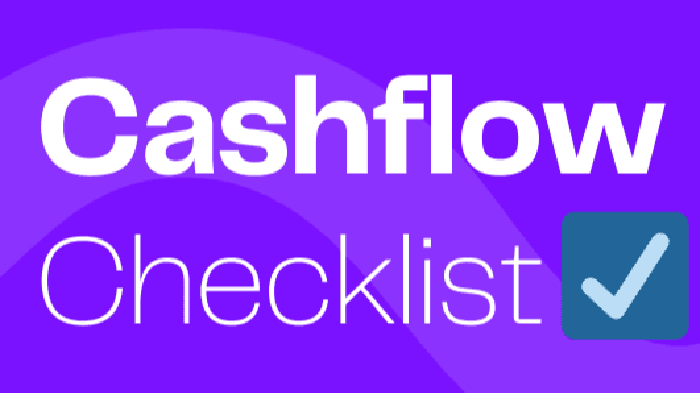Cash Flow and Collections Checklist

CollBox Team
Here are 10 actionable items to start getting your law firm set up for collections and cash flow success. Take some time and work through each of the below items and apply them to your firm. There’s no one-size-fits-all solution to Accounts Receivable for law firms but, by working through each of these items, you’ll be much further along the right track to getting paid for your hard work.
Checklist:
Define Your Accounts Receivable (A/R) Policy
- Set clear timelines and assign responsibilities for each A/R step.
- Document these procedures so everyone in the firm is aware and aligned.
- Include this policy in client engagement letters to establish expectations upfront.
- Re-assess your policy at least annually to ensure it matches changes in your firm over time
Leverage Technology for Efficient Billing
- Use legal practice management software for invoicing and payment tracking.
- Automate payment reminders with built-in or third-party tools.
- Consider using an outsourced service for professional A/R follow-up if internal resources are limited.
Set a Consistent Follow-up Schedule Cashflow & Collections Checklist ☑️
- Establish a friendly, regular follow-up cadence for overdue payments.
- Balance automated emails with personal, friendly phone call reminders.
- Document important client case milestones to time follow-ups effectively.
Offer Flexible Payment Options
- Accept various payment methods, including credit cards, ACH transfers, and payment plans.
- Make it easy for clients to pay by allowing multiple payment channels.
- Consider offering payment plans upfront for clients who may face financial constraints.
Increase Billing Frequency
- Consider moving from monthly to bi-weekly billing for clients with frequent services.
- Send smaller, more frequent invoices to reduce the chances of “sticker shock” and increase timely payments.
Document & Maintain Leverage Points
- Regularly assess accounts to determine when work stoppage or other actions are needed due to unpaid invoices.
- Communicate potential consequences of non-payment in a professional and transparent manner.
- Set retainers and replenishment requirements to reduce unpaid balances.
Run A/R Aging Reports Regularly
- Generate A/R aging reports to identify delinquent accounts and prioritize follow-up actions.
- Implement specific actions based on invoice aging: email reminders for recent invoices, friendly calls for 30-60 day overdue accounts, and escalation for accounts beyond 90 days.
Communicate Costs and Payment Expectations Early
- Include payment terms, expected costs, and billing schedules in client engagement letters.
- Clearly state any late fees or potential work stoppages for unpaid invoices. Set the tone that timely payments are essential to maintain services.
Offer End-of-Year “Closing Out” Discounts
- Encourage timely payments by offering small discounts (1-3%) for clients who pay promptly by a certain date.
- This approach can also improve cash flow at the year’s end while reinforcing client relationships.
- This same approach can work quarterly as well!
Delegate or Outsource Collections Tasks
- Assign a dedicated team member for A/R follow-up or outsource to a specialized provider.
- Attorneys should focus on casework, not collections, to maintain client relationships and productivity.
- Consider using a service like CollBox if your team’s resources are constrained or they lack the proper training in Accounts Receivable
For help getting paid for your hard work or just some advice on how to build the best accounts receivable workflow for your firm – visit us at https://collbox.co/law-firms or simply schedule a consultation here.